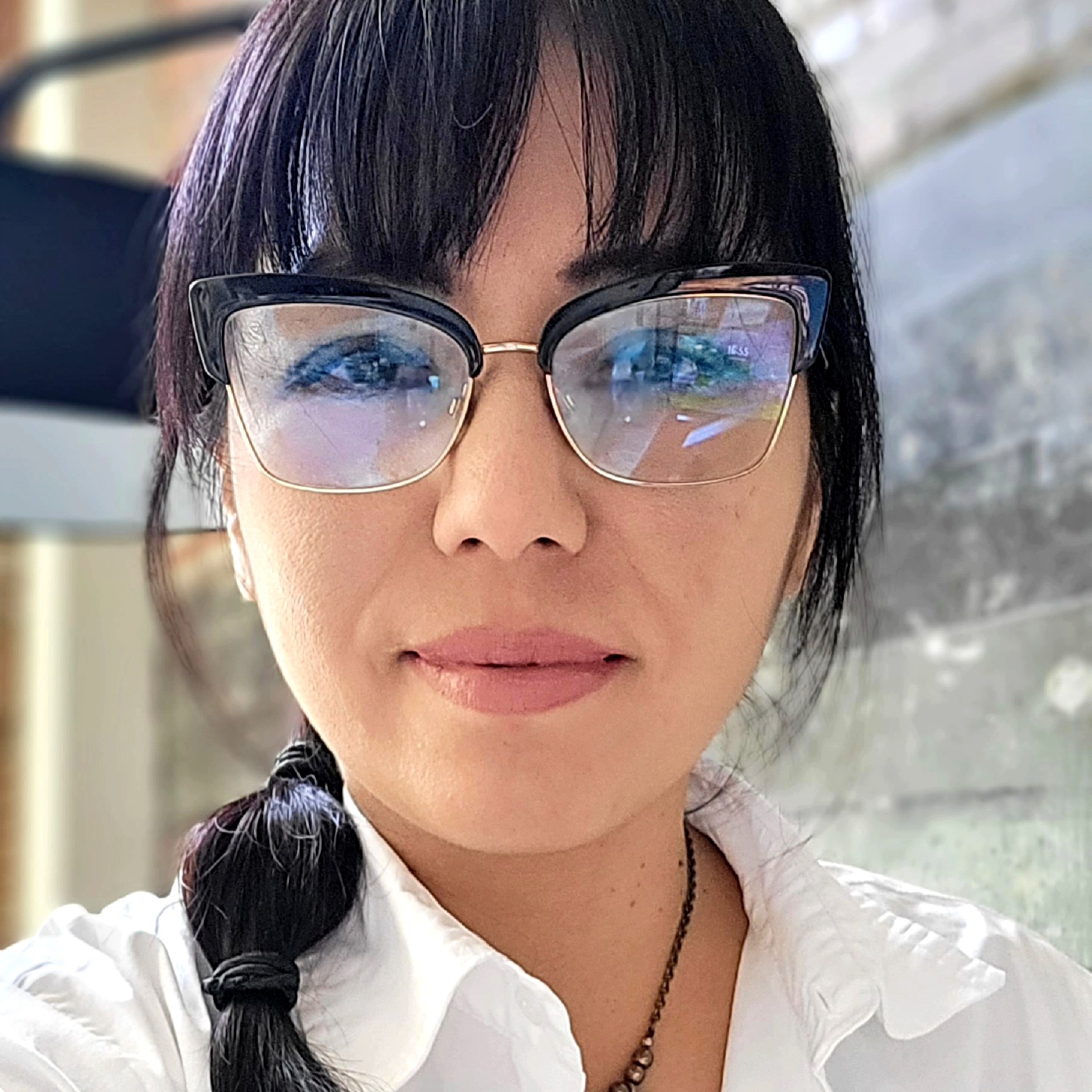“This is peat,” says researcher Kristell Hergoualc’h, pointing to an area of dark, moist soil on the ground composed of leaves, stems and decaying organic material. Many of those accompanying her on this visit to the Las Brisas aguajal – located at kilometre six on the Iquitos-Nauta road in the Loreto region of Peru – are familiar with the concept, but this is the first time they have seen peat (and peatlands) up close.
The group accompanying Hergoualc’h includes Peruvian officials from the Ministry of Environment (MINAM), the National Forestry and Wildlife Service (SERFOR), the Peruvian Amazon Research Institute (IIAP) and academic organizations working on forest accounting and greenhouse gas (GHG) emissions. The visit to the area is part of the first day of a training workshop on carbon stock accounting and GHG fluxes in peatlands, organized by the CIFOR-ICRAF climate change team, the IIAP, the US Forest Service, the University of St Andrews in the UK and SilvaCarbon.
Between 2014 and 2019, this was the research site for the Sustainable Wetlands Adaptation and Mitigation Program (SWAMP) and the Global Comparative Study (GCS) on REDD+, which Hergoualc’h coordinated in Peru and which measured carbon stocks, total and heterotrophic soil respiration, fine root dynamics, litterfall and methane and nitrous oxide fluxes to assess the carbon balance and GHG emissions from peat. These data are key for accounting and reporting towards the inclusion of Peruvian peatlands in national climate change strategies.
- Participants of the workshop in the Las Brisas aguajal Junior Raborg/CIFOR-ICRAF
- Amazonian peat. Junior Raborg/CIFOR-ICRAF
However, there are now fewer palms and what was considered a medium degradation area has become a high degradation area.
Landscapes populated by Mauritia flexuosa and generally flooded for most of the year, the aguajal peatlands store immense amounts of carbon in the soil, are key to regulating the water cycle in the Amazon, harbour unique biodiversity and provide critical livelihoods for local communities. Their degradation and loss not only emit more GHGs into the atmosphere, but also transforms the ecosystem with irreparable ecological consequences.
Accordingly, for nearly nine years a collaborative effort by CIFOR-ICRAF, SWAMP, GCS, IIAP and other academic institutions has focused on studying peatlands and providing data and analysis to support public policies for their conservation and sustainable management and to demonstrate the urgency of avoiding scenarios of irreparable loss of their ecosystem services.
These efforts have borne their first fruits, as Peru has for the first time included peatlands in its wetland regulations, which are expected to be considered as part of the Forest Reference Emission Levels under the country’s REDD+ commitments.
“It is imperative to halt the degradation of aguajal wetlands, move forward with their regulation in policy and work with local communities to move towards sustainable management,” Hergoualc’h said.
Intensive carbon monitoring
On the second day of the workshop, participants were taken to the Quistococha intensive carbon monitoring site, led by IIAP scientists. Peruvian researchers have been collecting data on GHG behaviour in the aguajal ecosystem since 2016.
With funding from the US Forest Service, an emissions flux tower was installed, which has sensors that record GHG fluxes such as carbon dioxide, methane and water vapour from the ecosystem. There are also sensors installed on the ground, in the trees and in the palm trees themselves in order to provide more detail on the fluxes of these gases at the subecosystem level.
“All this helps to understand the process of measuring the fluxes of gases leaving the subsurface and surface of the wetlands and emanating into the atmosphere, as well as the gases entering the ecosystem,” noted Lizardo Fachín, an IIAP researcher.



















